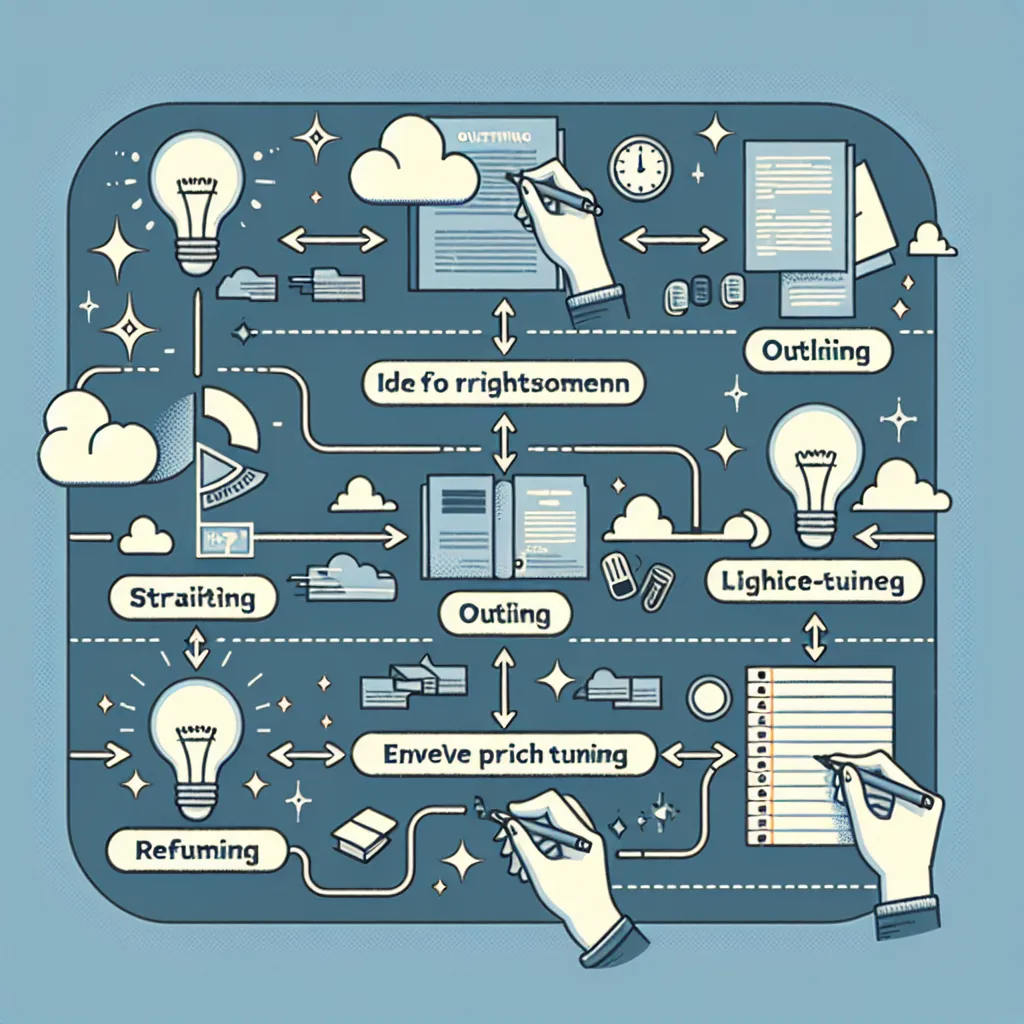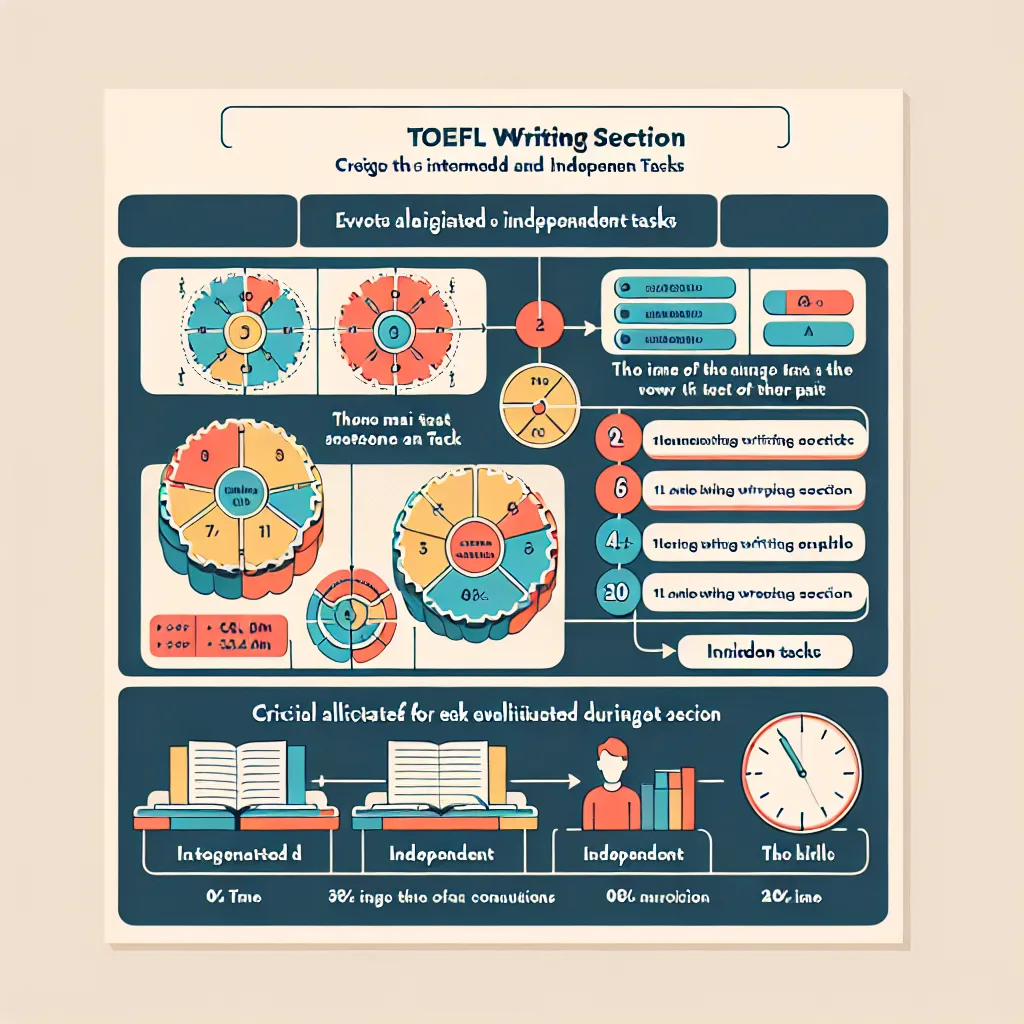Are you preparing for the TOEFL exam and feeling overwhelmed by the Writing section, particularly Task 2? You’re not alone. Many test-takers find this part challenging, but with the right strategies, you can master the art of developing ideas for your essay. In this comprehensive guide, we’ll explore effective techniques to help you generate and expand your thoughts, ensuring a well-structured and high-scoring TOEFL Writing Task 2 response.
Understanding TOEFL Writing Task 2
Before diving into idea development strategies, it’s crucial to understand what TOEFL Writing Task 2 entails. This task requires you to write an essay in response to a specific question or statement. You’ll need to present your opinion on the topic and support it with reasons and examples. The essay should be well-organized, coherent, and demonstrate your ability to use English effectively.
 TOEFL Writing Task 2 Example
TOEFL Writing Task 2 Example
The Importance of Idea Development
Developing ideas is a crucial skill for TOEFL Writing Task 2 success. Here’s why:
- It demonstrates critical thinking skills
- It allows you to create a well-structured essay
- It helps you meet the word count requirement
- It showcases your ability to express complex thoughts in English
Now, let’s explore strategies to help you develop your ideas effectively.
Strategies for Developing Ideas
1. Brainstorming Techniques
Brainstorming is an excellent way to generate initial ideas. Try these methods:
- Mind mapping: Create a visual representation of your thoughts
- Free writing: Write continuously for a few minutes without stopping
- Listing: Jot down all ideas that come to mind, no matter how small
Remember, the goal is to generate as many ideas as possible. Don’t worry about quality at this stage; you can refine your thoughts later.
2. Analyzing the Prompt
Careful analysis of the prompt is crucial. Consider these steps:
- Identify the main topic
- Determine the specific task (agree/disagree, compare/contrast, etc.)
- Look for key words that guide your response
Example prompt: “Do you agree or disagree with the following statement? Technology has made communication between people less personal. Use specific reasons and examples to support your opinion.”
In this case, you’d need to:
- Focus on technology and communication
- Choose a stance (agree or disagree)
- Provide specific reasons and examples
3. Creating an Outline
An outline helps organize your thoughts and ensures a logical flow of ideas. A basic structure might include:
- Introduction
- Hook
- Thesis statement
- Body paragraph 1
- Main idea 1
- Supporting details
- Body paragraph 2
- Main idea 2
- Supporting details
- Conclusion
- Restate thesis
- Final thoughts
4. Using Personal Experiences and Observations
Drawing from your own experiences can make your essay more engaging and authentic. Consider:
- Relevant personal anecdotes
- Observations from your daily life
- Experiences of friends or family members
Remember to relate these examples back to the main topic of the essay.
5. Incorporating Academic Knowledge
Demonstrate your broader understanding by including:
- Facts and statistics from reputable sources
- Historical examples
- Scientific concepts or theories
This approach adds credibility to your argument and showcases your general knowledge.
 TOEFL Writing Idea Development
TOEFL Writing Idea Development
6. Using the “Why” Technique
To deepen your analysis, repeatedly ask yourself “Why?” For example:
- Statement: Technology has made communication less personal.
- Why? Because people rely more on text messages than face-to-face conversations.
- Why? Because it’s more convenient and allows for instant communication.
- Why is this significant? It affects the quality of relationships and emotional connections.
This technique helps you explore ideas more thoroughly and provide deeper insights.
7. Considering Counterarguments
Addressing potential counterarguments strengthens your essay by:
- Demonstrating critical thinking skills
- Showing awareness of different perspectives
- Allowing you to reinforce your own position
For instance, if arguing that technology makes communication less personal, you might acknowledge that video calls can help maintain long-distance relationships.
Common Pitfalls to Avoid
As you develop your ideas, be mindful of these common mistakes:
- Going off-topic: Always relate your ideas back to the main prompt
- Lack of specific examples: Vague statements weaken your argument
- Repetition: Avoid restating the same ideas in different words
- Insufficient explanation: Ensure you fully explain how your examples support your point
Practice Exercises
To improve your idea development skills, try these exercises:
- Timed brainstorming: Give yourself 5 minutes to generate ideas on a TOEFL Writing Task 2 prompt
- Outline creation: Practice creating quick outlines for various essay topics
- Example expansion: Take a simple statement and expand it with reasons and examples
Conclusion
Developing ideas for TOEFL Writing Task 2 is a skill that improves with practice. By using techniques like brainstorming, careful prompt analysis, and structured outlining, you can create well-developed, coherent essays that showcase your English language abilities. Remember to draw from personal experiences, incorporate academic knowledge, and consider multiple perspectives to strengthen your arguments.
As you continue preparing for the TOEFL exam, keep practicing these strategies. With time and effort, you’ll find that generating and expanding ideas becomes second nature, setting you up for success in the Writing section and beyond.
[internal_links]
Are you ready to take your TOEFL Writing Task 2 skills to the next level? Share your experiences or questions in the comments below, and don’t forget to check out our other articles on TOEFL preparation strategies!




